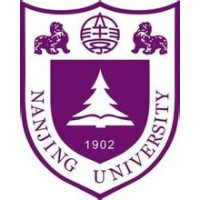Universal Image Restoration Pre-training via Masked Degradation Classification
This study introduces a Masked Degradation Classification Pre-Training method (MaskDCPT), designed to facilitate the classification of degradation types in input images, leading to comprehensive image restoration pre-training. Unlike conventional pre-training methods, MaskDCPT uses the degradation type of the image as an extremely weak supervision, while simultaneously leveraging the image reconstruction to enhance performance and robustness. MaskDCPT includes an encoder and two decoders: the encoder extracts features from the masked low-quality input image. The classification decoder uses these features to identify the degradation type, whereas the reconstruction decoder aims to reconstruct a corresponding high-quality image. This design allows the pre-training to benefit from both masked image modeling and contrastive learning, resulting in a generalized representation suited for restoration tasks. Benefit from the straightforward yet potent MaskDCPT, the pre-trained encoder can be used to address universal image restoration and achieve outstanding performance. Implementing MaskDCPT significantly improves performance for both convolution neural networks (CNNs) and Transformers, with a minimum increase in PSNR of 3.77 dB in the 5D all-in-one restoration task and a 34.8% reduction in PIQE compared to baseline in real-world degradation scenarios. It also emergences strong generalization to previously unseen degradation types and levels. In addition, we curate and release the UIR-2.5M dataset, which includes 2.5 million paired restoration samples across 19 degradation types and over 200 degradation levels, incorporating both synthetic and real-world data. The dataset, source code, and models are available at https://github.com/MILab-PKU/MaskDCPT.



